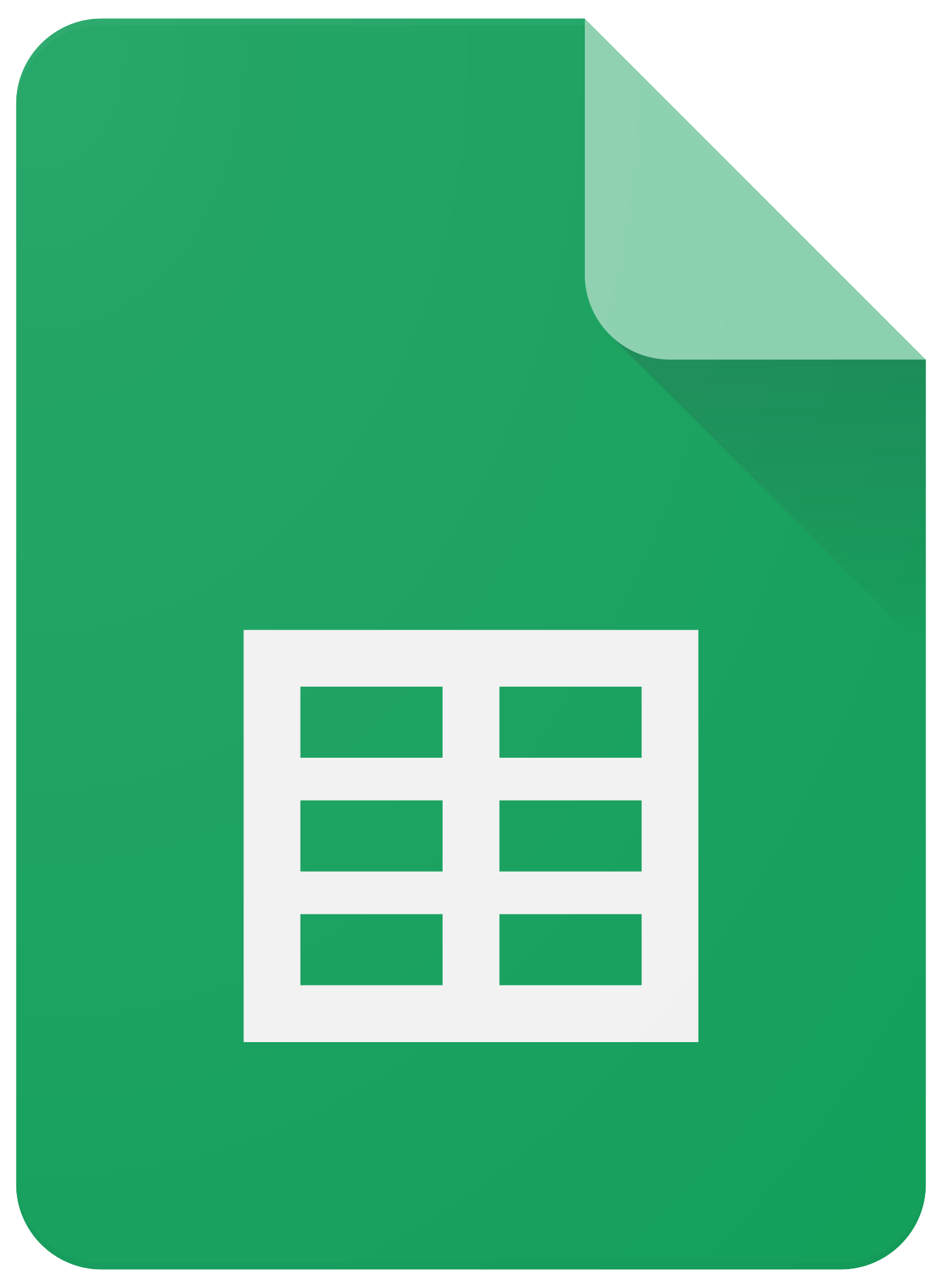Home// Articles// Starting a Company// Part 1: A Primer on Patents
Part 1: A Primer on Patents
 Russ Wilcox
CEO at Trellis Air
Russ Wilcox
CEO at Trellis Air
What is a Patent?
Patents are granted by governments to encourage innovation and progress. If you agree to tell the world exactly what you invented and how it works and the government agrees to give you a patent, then you get a special right for the next 17 years to stop anyone else from copying your invention without your permission. After the 17th year though, anyone can use it freely. Thus, the patent system benefits society by rewarding inventors who share their insights with an exclusive right for a limited time.
An invention must pass several tests to receive a patent:
Eligible. The invention must be man-made. You cannot patent laws of nature; natural phenomena (including materials that occur in nature, although you can patent a novel use for the material); or abstract ideas (including most software).
Useful. The invention must provide a benefit.
Novel. At least one element of your invention was not anticipated by others before; meaning already put into use, offered for sale, or described in a patent or publication. A prior publication of the idea is considered “prior art” and will knock out your patent as well, so it is critical to file before you publish or announce your work. An “offer for sale” is also a kind of publication – your invention will not be considered novel if you yourself have already offered the invention for sale! So it is critical to file before you begin selling., (In a few countries there is a grace period to file 6-12 months after first sale).
Non-Obvious. Your invention cannot consist of a group of elements that someone skilled in the art of your field would have anticipated and could readily combine – it has to show ingenuity. This is a somewhat subjective test that varies from examiner to examiner.
Enabled. Your disclosure has to be specific enough that people of technical skill in your field also can understand, make, and use the invention without your assistance. That means the invention must have been “reduced to practice” and ideally your patent will provide data, pictures, diagrams, experiments, or photos that prove beyond doubt that you not only had a great idea, you also implemented it and achieved the benefits. That said, some inventors file for a patent while the invention is still on the drawing board, and they only describe how they would build the invention. This is called filing a “paper patent.” Paper patents are easier to file, but are less likely to survive a court challenge.
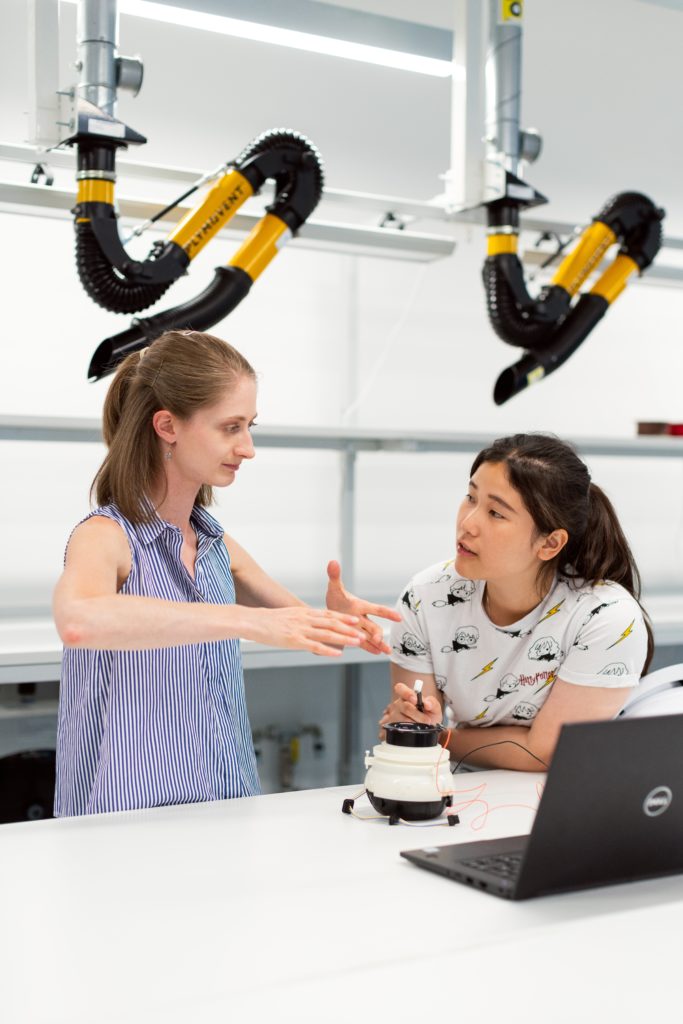

What Are the
Parts of a Patent Application?
A patent filing consists of several sections. First, a background section to explain the problem being solved and how past efforts have fallen short, with an attached list of known prior art. Then there is a summary that describes the invention and its merit, and next a detailed description of the invention that may refer to diagrams and exhibits such as experimental evidence. At the end of the patent are a list of claims, which are the veto rights that the inventor is asking the government to grant the inventor.
The patent document can be anywhere from a few pages to hundreds of pages in length.
Each patent must list the inventors. The inventor list must include every person who conceived of the idea. It is important to get that list right. If an inventor is omitted, the patent will be invalid.
Speed is important.
You want to be
the "first to file".
Usually, the inventors will explain their invention to a lawyer or patent agent and that person will draft the patent. The day the patent is transmitted to the US Patent and Trademark Office (USPTO) or a foreign authority is the filing date. If the patent is accepted then it is “issued” and published by the USPTO for all to see and its filing date becomes the priority date. If two patents with similar ideas are filed, then the patent with the earlier filing date is the one that wins and the other will be rejected.
Once the patent is filed, an examiner at the USPTO will read the patent and conduct an independent search to check if someone else has already filed the same invention. They write a search report to tell the inventor see what they found and if necessary, narrow the requested claims so that they only cover the novel, non-obvious, enabled aspects of the invention given the additional prior art.
The inventor can then read the prior art and if necessary amend the claims, or can try to explain why the examiner misunderstood the situation and the cycle repeats. This back and forth process can take several years. Eventually the patent examiner completely rejects the application, or indicates that he or she is prepared to grant some or all narrowed claims. The applicant accepts that list, and pays the fees, then the USPTO issues a patent.
📝
The claims are the key result of the patent application.
The claims define the scope of your veto right that can be used to block others from practicing your invention.

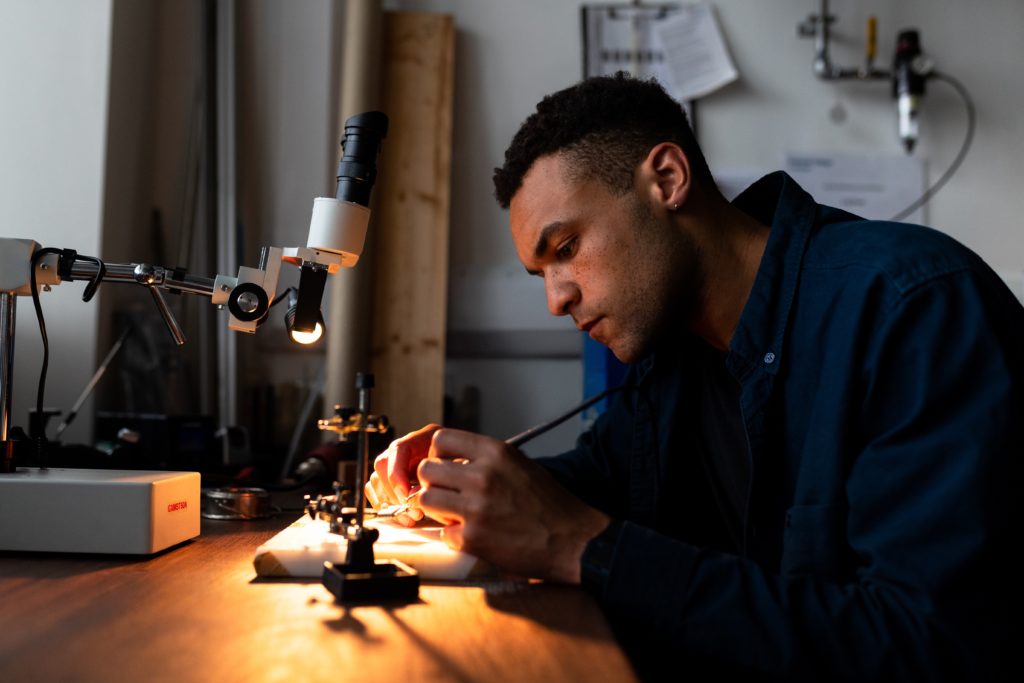
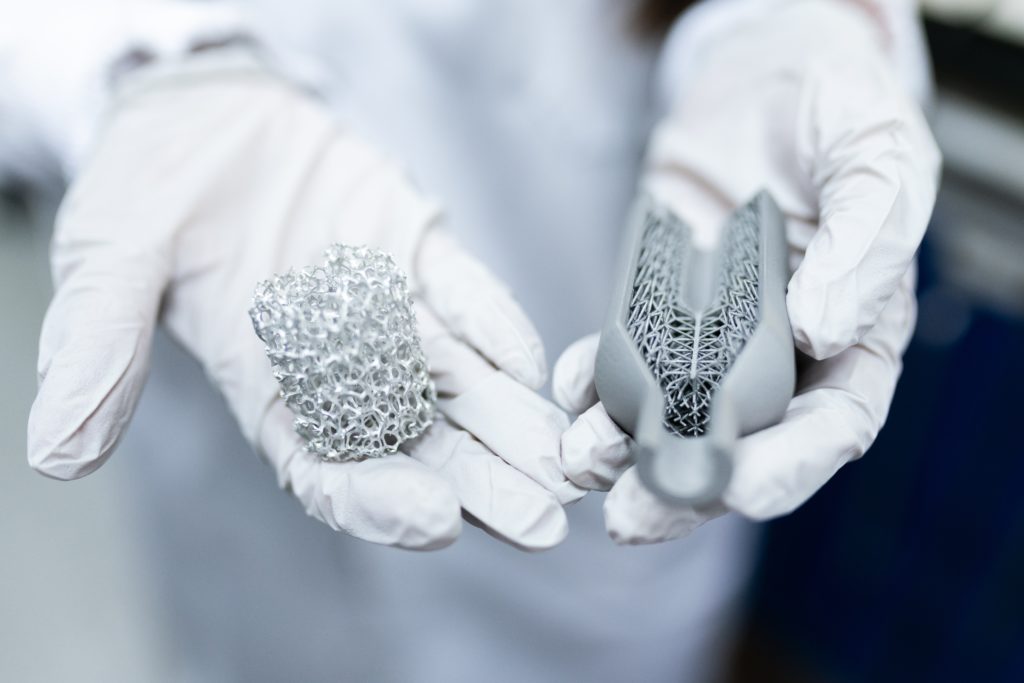
Why Are Patents Valuable?
A patent is a veto right – it gives you the power to block competitors. If a competitor practices your invention, you can stop them until they pay you a royalty, and you can even put them out of business. Let’s repeat that critical point:
only to block others
You can see the problem here – some products contain more than one idea, and so they may infringe more than one patent. That means a lot of different people can block, and they will all want a piece of the profits.
For example, if I hold a patent claim on “chairs” and you invent a rocking chair, and you successfully get a patent on “rocking chairs”, nevertheless you still cannot sell rocking chairs without my permission, because they infringe my patent. On the other hand, I cannot sell rocking chairs without your permission, because they also infringe your patent. That means nobody is going to be able to actually sell rocking chairs, unless you and I come to an agreement.
Patents are a deterrent. Rivals steer clear of your patents because they don’t want to take a legal risk that you could shut them down or take away the bulk of their profits. They are like walls.
In reality, very few start-ups ever use their patents to sue anyone. You won’t be able to afford a big lawsuit while you are a small company, because the legal fees are prohibitive.
Patents really have their highest value in the endgame, after you sell to a deep-pocketed acquirer who can afford to sue your copycats.
Still patents definitely appeal to venture investors – they suggest your team is innovative, they protect your future products from imitators, and they will be valuable to acquirers.
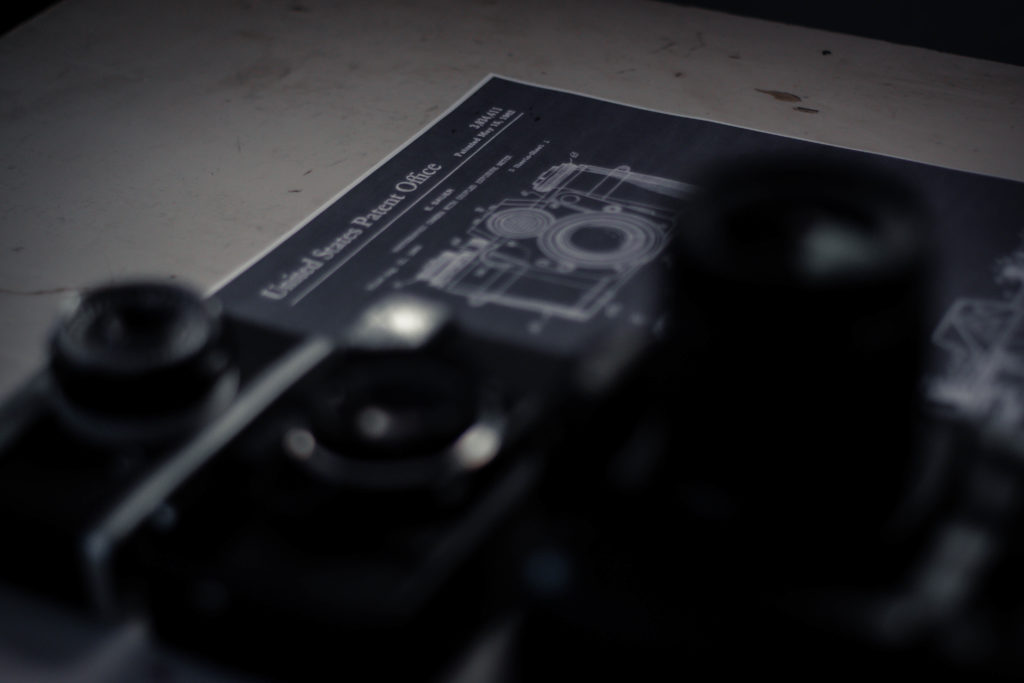
What Types of Inventions
Can Be Patented?
Under U.S. law, there are four categories of utility patents. You can patent a method, a machine, an article of manufacture, or a composition of matter.
📋
Methods
cover all types of processes. For example, a recipe for how to make a chocolate chip cookie. However methods can be hard to enforce if the process occurs inside a competitor’s factory and it isn’t easy to prove it was used.
⚙️
Machine
is any physical device that is a combination of parts that interact with each other to produce an effect. For example, the combination of flippers and balls to create a pinball machine.
🚗
Article of Manufacture
is any item that has been produced from an upstream material and transformed to take on a new property. For example, rubber can be transformed into a tire.
💊
Composition of Matter
is a combination of at least two substances to make a material with properties that do not belong to any of the components. For example, an organic molecule that has drug-like properties.

How are Patents Filed
Patent filings are prosecuted over a number of years and across multiple countries.
Once a company realizes it has a patentable invention, it may write a full patent application, or it will often rush to file a quick and dirty patent application called a “provisional patent.” This is a smart strategy because the fee for a provisional patent is only $65 for a micro entity, $130 for a small entity, and $260 for a large entity and filing a provisional patent locks in the earliest possible priority date.
The “provisional” refers to an initial period of 12 months. During those 12 months, you can keep editing the document, adding data, and expanding the contents. You then “convert” a provisional patent into a full patent application that is now longer and more refined.
Provisional applications give you options. At the end of the period, you can abandon any provisionals that didn’t turn out to be useful after the 12 months of additional time, and no one will ever see them. You can also combine multiple provisional patent applications covering a range of ideas into a single filing. That can help save on prosecution costs.
The full patent application will be published on the USPTO website 18 months after the earliest filing date (which is just 6 months after you convert a provisional patent if you have waited 12 months). At the point the patent will not yet have been granted, and so no one will know if the patent office will consider the patent valid, and the scope of the allowed claims will still be unknown, however your competitors will be aware of what you are doing and what you hope to block them from being able to do because they can read your claims.
Once you file a full application, you must be prepared for the world to see it.
Since the patent will be published openly by the USPTO, a side benefit of filing a patent is that all of the description you include in the body of the patent (the “specification”) will now enter the public domain and become prior art. Nobody else can file a patent on the information you publish because their idea would no longer be novel. Thus, filing a rich and detailed specification is a good way to protect yourself from others who might try to file patents that are close variations to your invention. So in addition to gaining claims that act like walls, you also create zones where nobody else can build a wall in the future.
Finally, there are extra steps required to file a patent in foreign countries. We will discuss that further in the Walls section as part of the IP Committee Agenda.

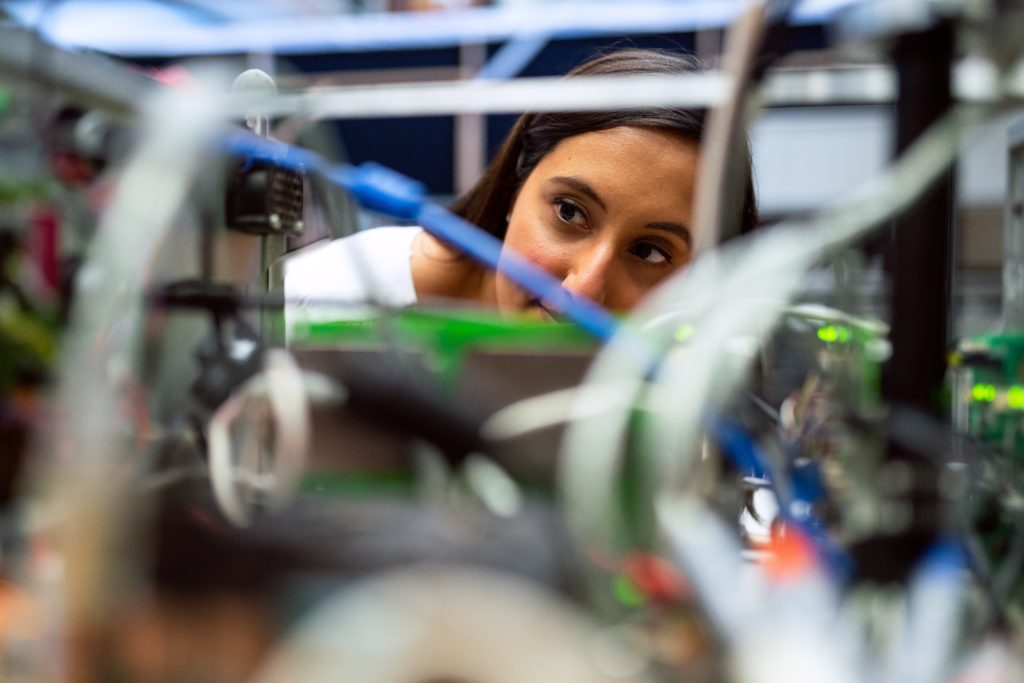
A Word on Trade Secrets
and Know-How
A trade secret is economically valuable information that you cannot patent, because the act of publication would destroy the value. Trade secrets may include customer lists, supplier lists, recipes, process steps, technical designs, schematics, diagrams, source code, algorithms, and price lists. Know-how is a type of trade secret related to the knowledge and skills of your employees and the method by which you operate.
For example, the Coca-Cola recipe is a famous trade secret.
Protection of trade secrets relies on confidentiality. You can sue a company or employee for damages, or even seek criminal charges for stealing your trade secrets. However, you have to be able to prove that you marked the information as confidential and took steps to keep it confidential.
You should only share trade secrets with the employees who have a need to know.
One of the reasons Coca-Cola was able to protect its trade secrets for so long was that it chose family businesses to run its regional bottling plants. Each family knew its economic future relied on confidentiality, and so they protected Coca-Cola’s secrets across generations.
Conclusion
Now that you are familiar with the basics of patents, and what they can and cannot do, you are ready to start focusing on your new business.
Learn how to find a technology or science worth licensing, how to figure out if there is room to start a new company without getting sued by existing patentholders, and how to make a fair deal with a university or government lab licensing officer – all in the next section.

